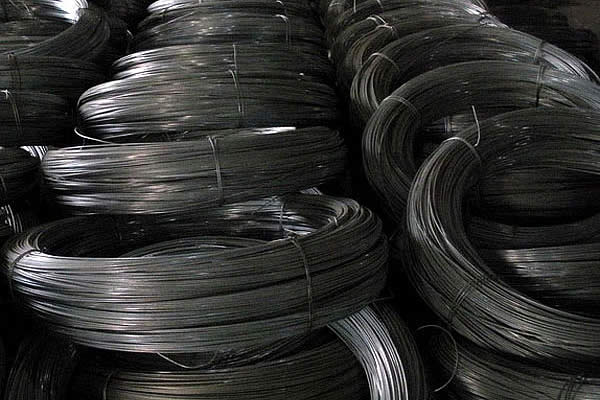 TEL:
+86-13102802206
TEL:
+86-13102802206
 Email:
fencenetting@china.com
Email:
fencenetting@china.com
 Language
Language
 TEL:
+86-13102802206
TEL:
+86-13102802206
 Email:
fencenetting@china.com
Email:
fencenetting@china.com
 Language
Language


Understanding Stainless Steel Cable Ends A Comprehensive Guide
Stainless steel cable ends are essential components in various applications, including construction, marine, and industrial settings. These fittings provide the necessary termination or anchorage for stainless steel cables, ensuring secure connections while maintaining the durability and corrosion resistance that stainless steel offers.
Why Choose Stainless Steel?
Stainless steel is an alloy known for its outstanding resistance to rust and corrosion, which makes it ideal for environments exposed to moisture, chemicals, and extreme temperatures. The addition of chromium gives stainless steel its non-corrosive properties, allowing it to withstand harsh conditions without compromising its structural integrity. This inherent quality makes stainless steel cable ends a reliable choice for both indoor and outdoor applications.
Types of Stainless Steel Cable Ends
There are several types of stainless steel cable ends, each designed for specific uses
. The most common types include1. Swage Fittings These fittings are mechanically deformed to create a tight grip on the cable. They provide a secure and permanent connection, making them suitable for high-tension applications where safety is paramount.

2. Crimp Fittings Similar to swage fittings, crimp fittings use a special tool to compress the fitting onto the cable. This type of connection is popular in many industries due to its ease of installation and reliability.
3. Loop Ends Loop ends create a fixed loop at the end of the cable, allowing for easy attachment to hardware or other cables. This type is commonly used in rigging and lifting applications.
4. Thimbles A thimble is a small fitting that helps maintain the shape of the loop and protects the cable from wear. It is typically used in conjunction with other types of cable ends.
Applications of Stainless Steel Cable Ends
Stainless steel cable ends are widely used in various sectors. In the marine industry, they are employed for securing sails, rigging, and anchor lines due to their resistance to saltwater corrosion. In construction, they are used in cable railing systems, providing safety and aesthetic appeal in buildings. Additionally, industries such as telecommunications and manufacturing utilize stainless steel cable ends to ensure robust and lasting connections for various applications.
Conclusion
In summary, stainless steel cable ends are vital for achieving secure, durable, and reliable cable connections in numerous applications. Their resistance to corrosion and mechanical strength makes them an excellent choice for challenging environments, ultimately ensuring safety and longevity. As industries continue to evolve, the demand for high-quality stainless steel cable ends will likely grow, making them an indispensable component in modern engineering and construction practices. Whether you are a professional in a specific field or a DIY enthusiast, understanding the importance and types of stainless steel cable ends can significantly enhance your projects.